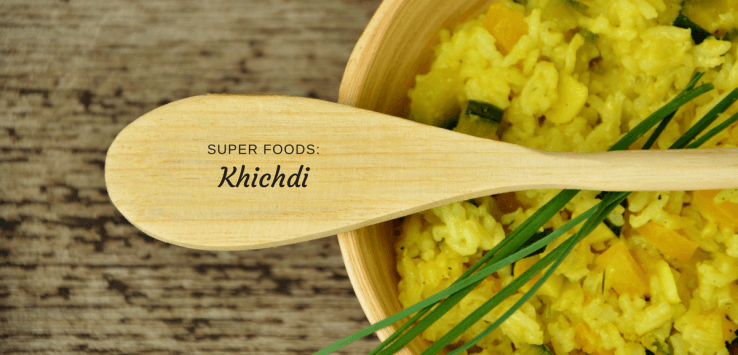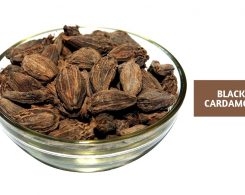- 4Shares
If you’ve lived with an Indian family for long enough, you are probably familiar with khichdi –sometimes spelled as ‘khichari’. This dish might just be the best comfort food humans have ever invented. Because it’s just as healthy for your body as it’s comforting to your soul. In Ayurveda, khichdi classifies as ‘Sattvic’ food. This means that it nourishes, purifies and strengthens both the body and mind. Here’s everything you need to know about this yummy yellow delight.
The Health Benefits
1. It’s Easy On The System
One of the well known khichdi benefits in India is that it’s easy on the digestive system. It’s cooked with white rice, which is much lighter than the brown variant. The other main ingredient in this dish is split yellow mung beans. This is the only kind of legume that is good for those with high Vata. This dosha is characterised by extremely delicate digestion. Khichdi doesn’t produce gas and is rather soothing for the stomach.
2. Nutritious And Nourishing
Next on the list of khichdi health benefits is its nutritive value. This food, though typically vegetarian, is a complete and low fat protein. It has the goodness of potassium, iron, dietary fibre, carbs, magnesium, phosphorous, selenium, manganese, and a bit of vitamin C too. Ghee, an essential component of khichdi further boosts its nourishing qualities. You can also add more nutrients to the mix with lemon, vegetables, nuts, and dried fruits.
3. The Perfect Detox Food
This rice and dal dish is one of the best detox foods. It has been known to help flush out toxins from the system. Ayurvedic experts often recommend kitchari for cleansing diets since it helps stabilise blood sugar levels. As you may know, white rice is a high glycemic food, meaning that it lifts up blood glucose levels.
A Simple Khichdi Recipe
Ingredients
- 1 cup split yellow mung dal
- ½ cup white rice
- 4-8 cups of water (as per the desired thickness)
- 1 cup vegetables (optional and anything you want, like onions, potatoes, carrots, cauliflower, broccoli…)
- A pinch of salt to taste
- Half a lemon
For tempering:
- 2 tbsp ghee
- ½ inch grated ginger
- 1 tsp turmeric powder
- 1 tsp cumin
- ½ tsp fennel
- 1 tsp cinnamon
- 1 tsp coriander powder
- ½ tsp asafoetida
- 1 cup chopped tomato
- 3 bay leaves
Process
- Begin by rinsing the mung dal and rice together, until the water is clear.
- Then, turn on the heat add the ghee to the pot.
- Once the ghee warms up, add the ginger, turmeric, cumin, coriander, fennel, and asafoetida.
- After 2-3 minutes, add the tomato.
- After about a minute, add the bay leaves.
- Then, put in the dal and rice. Stir it well.
- Pour in 4 cups of water and turn up the heat to boil the mixture.
- After about 10 minutes, reduce the heat.
- You can add the vegetables now (optional).
- Put a lid on, and let it cook for 30-45 minutes. Keep adding water to adjust the consistency to your preferences. Generally, khichdi has a more liquid consistency.
- Squeeze half of lemon into it and enjoy warm.
Quick Tip: Soaking split mung dal overnight boosts its digestibility.






Leave a Reply